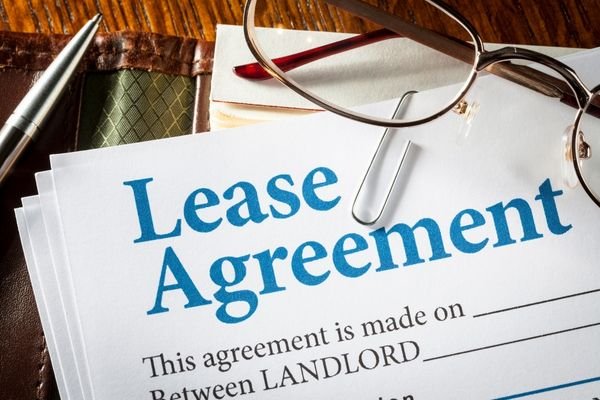Planning Use Classes have changed
Written by Nick Winslet | Commercial Property | 7th October 2020
The Government have recently made important changes to Planning Use Classes. These changes came into effect on 1st September 2020, (although there will be a transition period until 31 July 2021). The measures have been introduced to make it easier to repurpose premises quicker and at less cost. This means that ‘the high street’ can be more adaptable to meet occupier demand and safeguard community assets.
The general rule
The basic principle is that planning permission is required for carrying out development on land; which includes both building operations and also material changes of use. However, the government has the power to exclude certain changes of use from what would otherwise be classified as material. Currently, this means that a change within the same planning class does not constitute a ‘material change of use’. Therefore planning permission is not required.
What has changed?
The new regulations have seen the introduction of several new classes:
A new Class E (commercial, business and service)
A new Class F.1 (learning and non-residential institutions)
And a new Class F.2 (local community). This is in substitution for the previous Class A1 to A5 (uses including shops, cafes and takeaways), Class D1 (non-residential institutions) and D2 (assembly and leisure).
The most significant change is collapsing A1 to A3 and B1 into a single, far wider, Class E. This means, for example, that a hairdressing salon could change into a clothes shop without planning permission (which it could under the old regime). However, it could now also become a café or even an office. This allows far greater flexibility. Holders of Class E premises can now change their use to reflect the demands of the high street.
The new class F.2 includes village shops, community halls, swimming pools and other uses which have community benefit. The changes will ensure communities are able to provide the amenities local residents are seeking.
Changes have also been made to the sui generis use (uses that do not fall within any other class). This includes the reclassification of certain uses that previously fell within Class A and Class D uses.
The New Planning Use Classes
The new uses classes in a little more detail:-
Class E (commercial, business and service)
Shop
Financial and Professional Services
Café or Restaurant
Office
Research and Produce Development
Industrial processes suitable in a residential area
Clinics, health centres, gyms, creches, day nurseries and day centres
F.1 (learning and non-residential institutions)
Schools
training centres
museums
public libraries
public halls
exhibition halls
places of worship
F.2 (local community)
Shop smaller than 280sq metres selling mainly essentials and 1km from another similar shop
Skating rinks, swimming pools and outdoor sports
Meeting places or halls with mainly community uses
Added to the list of sui generis uses as a result of the class changes are:-
Public house, wine bar or drinking establishment (formerly Class A4).
Drinking establishment with expanded food provision (formerly mixed use of Class A4 with Class A3).
Hot food takeaway, for the sale of hot food where the food is mostly eaten off the premises (formerly Class A5).
Cinema (formerly Class D2).
Concert hall (formerly Class D2).
Bingo hall (formerly Class D2).
Dance hall (formerly Class D2).
It should be remembered that change of use to, from or between ‘unique’ uses will require planning permission.
A change for the better?
On the one hand, it would seem that the added flexibility afforded by Class E goes some way to giving high streets the best chance of survival. On the other, could this now lead to a move towards what is simply the most profitable use? If so, this could result in certain types of premises disappearing. Local Authority intervention may be required to impose conditions to prevent this from happening. It’s recognised though, that this is perhaps counter to the objective of the new regulations.
It should also be born in mind there may still be the need to obtain planning permission in the event that material alterations are required to the premises to accommodate the new uses. Where applicable, lease terms would also need to be checked to establish whether such a change of use is allowed by the lease.
Speak to a Commercial Property Solicitor
If anything in this article has stirred your interest, please contact our Commercial Property team. The team is lead by Nick Winslet, who can be contacted on 01752 827013 or at nwinslet@nash.co.uk. Nick and the team would love to talk to you about how they might be able to help you.











